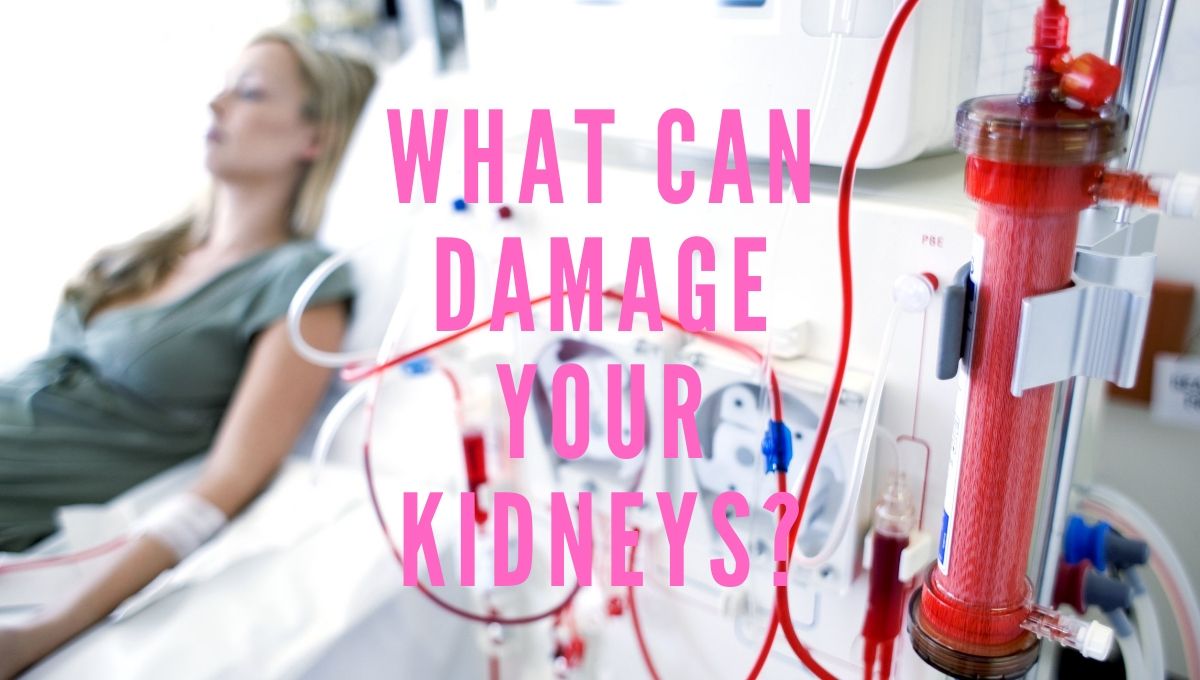Does alcohol increase the risk of kidney disease? Uncover the intricate relationship between alcohol consumption and kidney health at St Pete Urology.
Continue readingConfirming the Presence: A Guide to Diagnosing Kidney Stones
What can damage your kidneys?
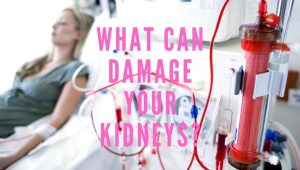 The kidneys are a pair of organs located on either side of the spine just above the waist. Healthy kidneys work as your body’s filtration system. They help balance water and minerals in your blood. They remove waste from the blood that develops from digestion and muscle activity. In addition to filtration, the kidneys make renin to help manage blood pressure and vitamin D for bone health, among other things. There is no question that the kidneys are an important and hard-working pair of organs.
The kidneys are a pair of organs located on either side of the spine just above the waist. Healthy kidneys work as your body’s filtration system. They help balance water and minerals in your blood. They remove waste from the blood that develops from digestion and muscle activity. In addition to filtration, the kidneys make renin to help manage blood pressure and vitamin D for bone health, among other things. There is no question that the kidneys are an important and hard-working pair of organs.
Like any other organ in the body, there are factors that can damage and affect the kidneys ability to perform their vital functions. Acute kidney problems are those that happen suddenly or in a brief amount of time. Some examples of acute kidney problems are direct trauma to the kidneys, not enough blood flowing to the kidneys, or urine backed up in them.
There are a variety of factors that can cause acute kidney problems. Traumatic injury can be caused by an incident like a car wreck or severe fall. Extreme dehydration can cause the kidneys to begin to fail. Certain drugs can release toxins that in large quantities can cause kidney failure. In men, both an enlarged prostate and kidney stones can restrict urine flow to the point the urine becomes backed up in the kidney.
Chronic kidney damage occurs when the kidneys have not been working correctly for longer than three months. Chronic kidney damage is usually the result of disease over long periods of time. High blood pressure and types 1 and 2 diabetes are the most common reasons behind chronic kidney damage. In addition to high blood pressure and diabetes, chronic kidney damage can also be attributed to illnesses like lupus, HIV/Aids, hepatitis, and urinary tract infections within the kidneys.
Urologists have many tools to help with prostate and kidney stone issues. They can remove tissue from an enlarged prostate, relieving pressure on the urethra and freeing up the flow of urine. They also have ultrasounds that use sounds waves to break up large kidney stones that can be restricting urine flow. In both cases, being able to rid the kidneys of urinary toxins can be lifesaving.
There are many factors that can damage your kidneys. St Pete Urology has urologists that understand the causes of kidney damage and what can be done to produce good outcomes and better lives for those who have suffered kidney damage. For more information, visit the St Pete Urology website.
Diet Suggestions for Kidney Disease Patients on Thanksgiving Day
As Americans across the country get together with family and friends every fourth Thursday in November to give thanks for all that is good in their lives, most kidney disease patients do so while mindful of their health. And since Thanksgiving Day is also full of food, from turkey to potatoes and to various juices, kidney disease patients are all too aware of the potential damage that holiday foods can have on their lives, including worsening their symptoms. For instance, the holiday fare may be full of salted foods, increasing the level of sodium in the body beyond the limits for kidney patients.
To enjoy Turkey Day to the fullest, kidney disease patients such as those with kidney stones have to look for kidney-friendly foods. Observing certain diet restrictions can ensure that they enjoy themselves without harm to their kidney functions or making their illness worse. So what should you eat or not eat on Thanksgiving Day if you have renal problem?
Generally, the diet principles for kidney patients are high-fiber, high-vitamin, low-salt, low-potassium, low-protein, low-fat and low-phosphorous. Here are some suggestions that can help kidney patients enjoy themselves on Thanksgiving Day without worsening their symptoms or harming their kidney functions.
1. Popular dishes
Turkey is the most common food on Thanksgiving Day but renal patients should opt for natural fresh or frozen turkey. The turkey should be prepared with low-salt broth and salt-free rub. Basted turkey which typically contains too much salt must be avoided. Other popular dishes include green beans, sweet potatoes, celery, parsley, cauliflower and cranberry, which are all good foods for renal patients. However, sweet potato contains a lot of potassium, so its intake should be limited. Pecan pie, apple pie and pumpkin pie are popular and delicious Thanksgiving desserts, but renal patients should minimize their intake.
2. Best drinks
Pure water is the ideal drink for renal patients on Thanksgiving Day. However, those who do not want to drink water can have apple juice and cranberry juice. If you are experiencing fluid retention, often characterized by swelling and edema, then reduce the amount of fluid you take. Avoid alcoholic beverages because too much alcohol can damage your liver and elevate your blood pressure. Likewise, drinks containing caffeine such as strong tea and coffee should be avoided.
3. Increase your calcium, fiber and vitamin intake
If possible, increase the amount of fiber, vitamin and calcium in your Thanksgiving diet because they are good for your health. However, you should limit the intake of excitant and spicy foods and avoid high-fat foods such as spicy chicken wings. Also reduce the quantity of meat in your diet as it may increase your kidney’s burden and elevate your BUN and creatinine levels.
4. Avoid salted foods
Salt contains high quantity of sodium, which is harmful for the kidney. For instance, high quantities of sodium in the diet elevate blood pressure and trigger fluid retention, which is a very common problem in people with kidney disease. Therefore, if you have kidney disease you should avoid salted foods on Thanksgiving Day.
5. Pay attention to your protein intake
For those with early-stage kidney disease, protein intake should be limited to 0.6-0.8 gram per kilogram body weight per day. But if the disease has advanced, the protein intake must be reduced significantly to just 0.2-0.4 g/kg/d. For patients on dialysis, protein intake should be increased to 1.2 g/kg/d because some protein may be lost during dialysis. On Thanksgiving Day, high quality protein such as fish, lean meat and egg whites are recommended.
6. Monitor your potassium level
If the disease has damaged the kidney, potassium level in your blood will easily increase, so you should closely monitor your potassium level and be very careful with your potassium intake. You should avoid foods with high potassium content such as white beans, banana, salmon, white mushroom, nuts and avocados.
While it is not easy to live with kidney disease, prompt treatment and lifestyle changes can significantly improve your quality of life. As you join the rest of your family at the dining table to celebrate Turkey Day, make sure to use the above diet suggestions to avoid any detrimental effects the foods you consume may have on your health. If you have questions or something is unclear, be sure to speak with your urologist about it. At St Pete Urology, we have a team of highly-qualified and experienced urologists to help you overcome your kidney problem. For more information, visit the “St Pete Urology” site.

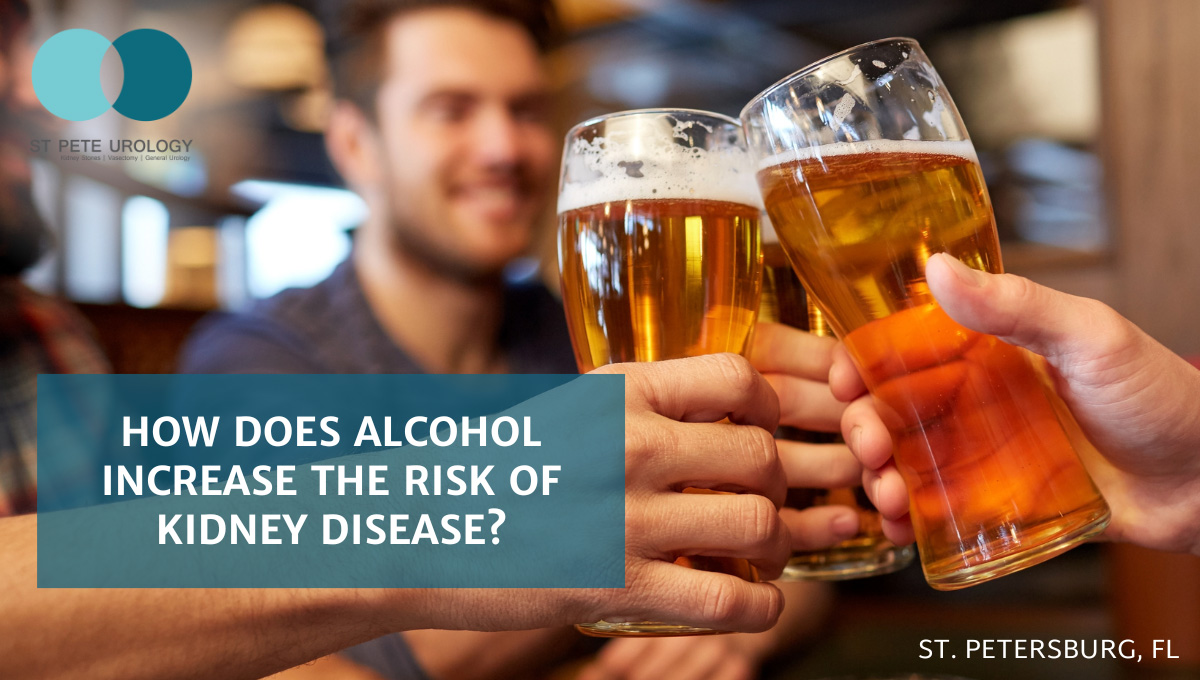
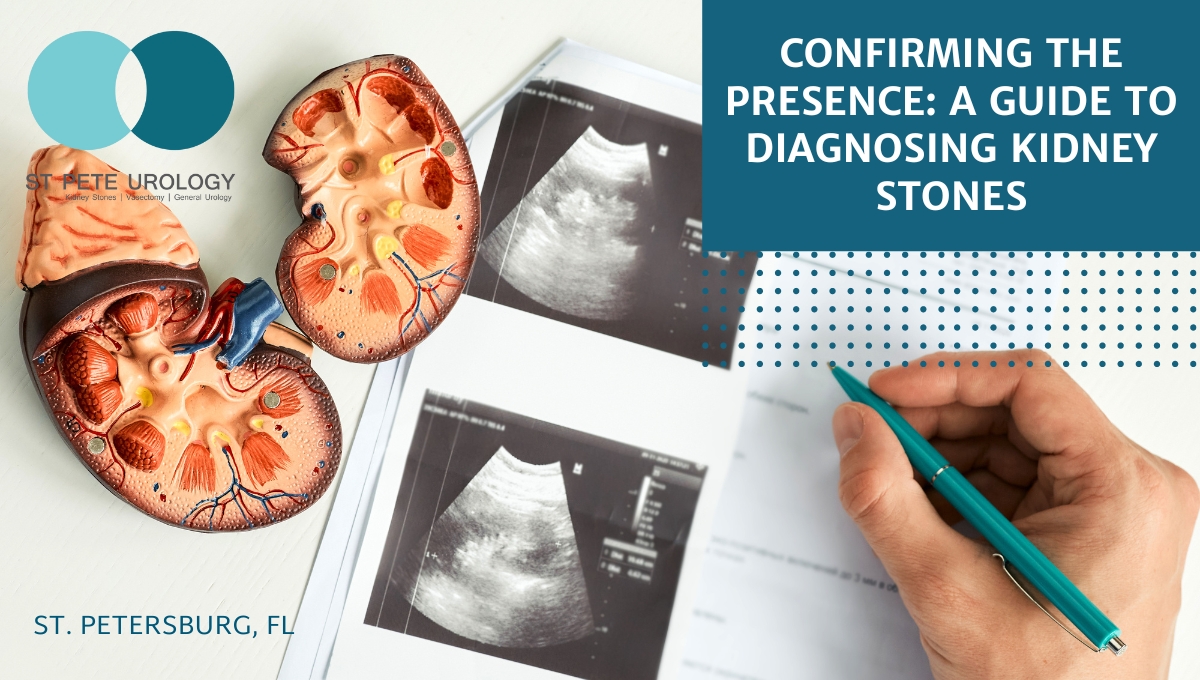
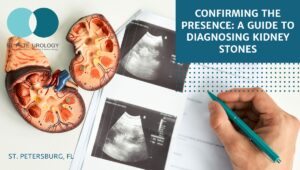 Kidney stones
Kidney stones